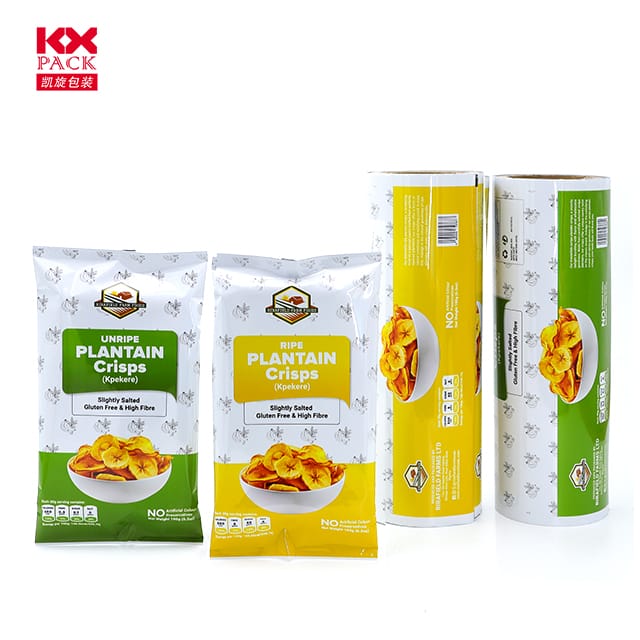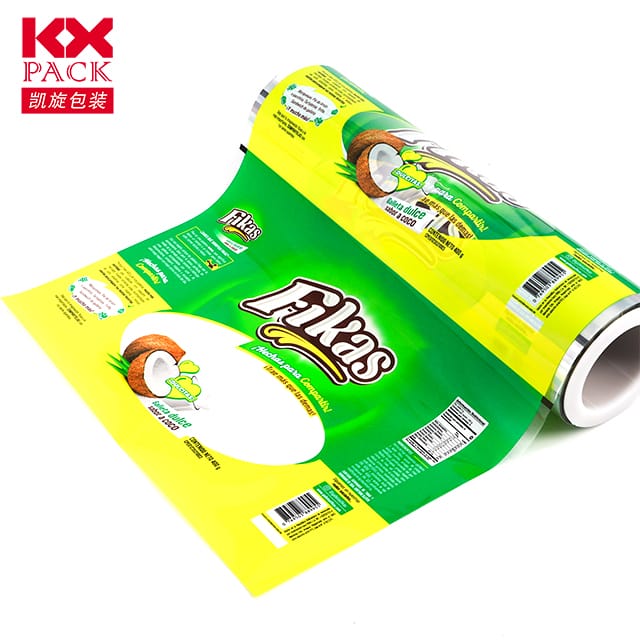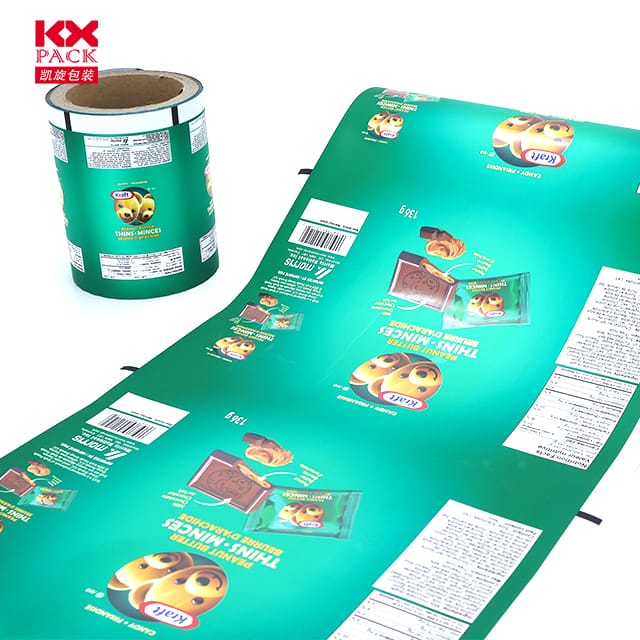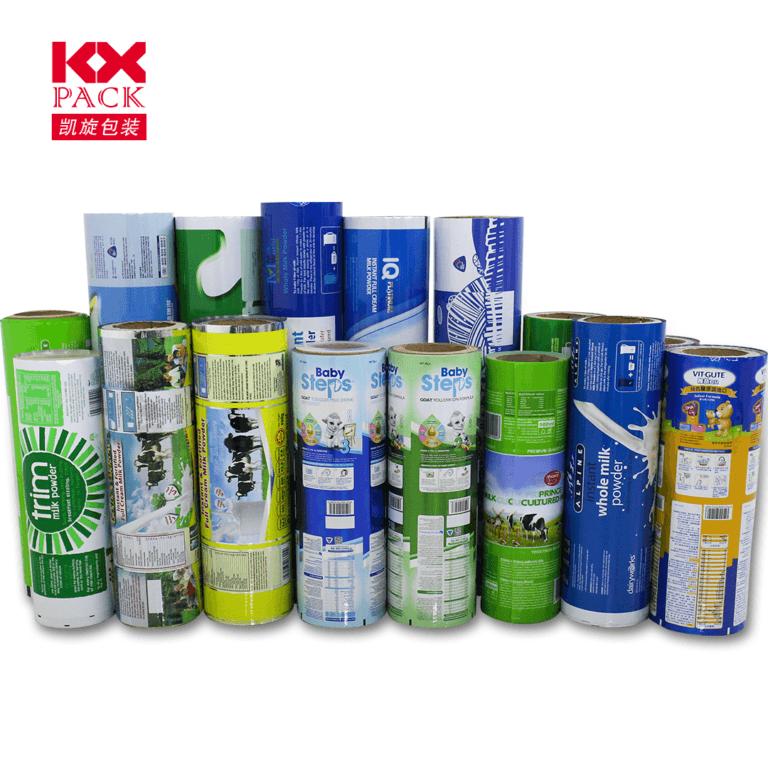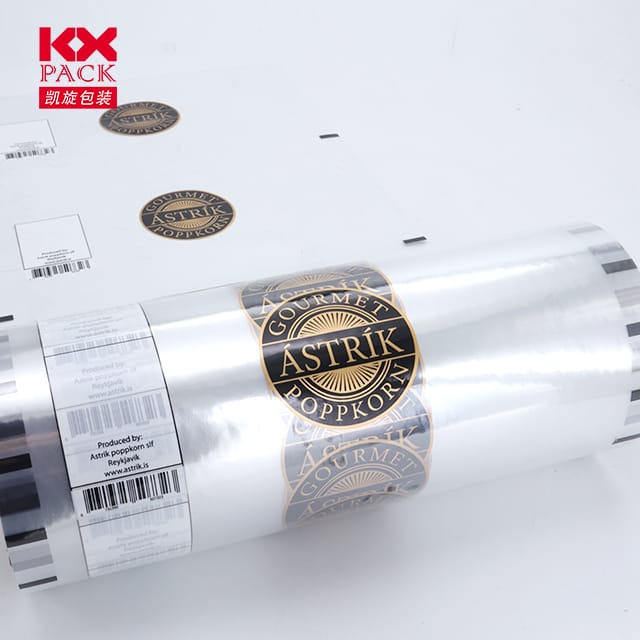فوڈ ریپنگ فلم: A Small but Mighty Guardian of Freshness
فوڈ ریپنگ فلم
In the hustle and bustle of modern life, where convenience and food preservation are paramount, food wrapping film has emerged as an indispensable kitchen staple. This seemingly simple sheet of plastic plays a crucial role in keeping our food fresh, extending its shelf – life, and reducing food waste. Let’s take a closer look at the world of food wrapping film, exploring its types, فوائد, environmental concerns, اور مستقبل کے رجحانات.
Types of Food Wrapping Film
پولی تھیلین (PE) فلم
Polyethylene food wrapping film is one of the most common types available. It is known for its excellent flexibility, وضاحت, اور نمی – resistance. PE film comes in various thicknesses, making it suitable for wrapping a wide range of foods, from sandwiches and leftovers to fruits and vegetables. Its low cost and ease of use have made it a popular choice for household and commercial applications alike.
پولی وینائل کلورائد (پیویسی) فلم
PVC film was once widely used in the food packaging industry due to its high clarity, good cling properties, and ability to withstand a range of temperatures. البتہ, it has faced scrutiny in recent years because it may contain plasticizers such as phthalates, which can potentially migrate into food, raising health concerns. اس کے نتیجے میں, its use has been declining in many regions, especially for direct food contact applications.
Polyvinylidene Chloride (پی وی ڈی سی) فلم
PVDC film offers superior barrier properties against oxygen, نمی, and aroma. This makes it ideal for packaging high – fat and perishable foods like meat, پنیر, and baked goods. It can effectively prevent the oxidation of fats, which helps to maintain the flavor, بناوٹ, and nutritional value of the food. البتہ, PVDC production can have a more significant environmental impact compared to other types of films.
بائیوڈیگریڈ ایبل اور کمپوسٹ ایبل فلمیں
With increasing environmental awareness, there has been a surge in the development of biodegradable and compostable food wrapping films. These films are typically made from renewable resources such as starch, سیلولوز, or polylactic acid (pla). They break down naturally in the environment over time, reducing the amount of plastic waste that ends up in landfills and oceans. While they may have some limitations in terms of barrier properties and cost compared to traditional plastic films, they represent a more sustainable option for the future.
Benefits of Food Wrapping Film
کھانے کا تحفظ
The primary function of food wrapping film is to preserve food. By creating a barrier against air, نمی, اور آلودگی, it helps to slow down the growth of bacteria, mold, and yeast, which can cause food spoilage. This means that you can store leftovers for longer periods without worrying about them going bad quickly, saving you money and reducing food waste.
سہولت
Food wrapping film is incredibly convenient to use. It is lightweight, easy to handle, and can be cut to the desired size. You can quickly wrap up a sandwich for lunch, cover a bowl of leftovers, or seal a package of snacks to keep them fresh on the go. Its transparency also allows you to see the contents inside, making it easy to identify what you have stored.
Protection during Transportation
Whether you’re taking a picnic to the park or sending a care package to a loved one, food wrapping film provides an extra layer of protection for your food. It prevents leaks and spills, keeping your belongings clean and your food intact. This is especially important for liquid – based foods like soups, stews, or sauces.
ماحولیاتی خدشات
Despite its many benefits, food wrapping film also poses significant environmental challenges. Most traditional plastic food wrapping films are made from non – renewable fossil fuels and can take hundreds of years to decompose in landfills. When improperly disposed of, they can end up in the natural environment, causing harm to wildlife and ecosystems. مائکروپلاسٹکس, which are tiny plastic particles that break down from larger plastic items, can also contaminate soil, water, and the food chain.
Efforts to Address Environmental Issues
ری سائیکلنگ کے اقدامات
Some communities have implemented recycling programs for certain types of plastic food wrapping films. البتہ, recycling can be complex due to the different types of plastics used and the need for proper sorting and cleaning. It’s important for consumers to check with their local recycling facilities to see which types of food wrapping films are accepted and how to prepare them for recycling.
Development of Sustainable Alternatives
As mentioned earlier, the development of biodegradable and compostable food wrapping films is a major step towards reducing the environmental impact of food packaging. Researchers and manufacturers are also exploring other sustainable materials, such as edible films made from seaweed or proteins, which could potentially eliminate the need for single – use plastic altogether.
Consumer Awareness and Behavior Change
Raising consumer awareness about the environmental impact of food wrapping film is crucial. Encouraging people to reduce their use of single – use plastics, opt for reusable containers when possible, and properly dispose of or recycle food wrapping films can make a significant difference. Small changes in daily habits, like using beeswax wraps instead of plastic film for storing food, can add up to a big impact over time.
Future Trends
The future of food wrapping film is likely to be shaped by a growing demand for sustainability and innovation. We can expect to see more advanced biodegradable and compostable materials that offer performance comparable to traditional plastic films. There may also be an increased focus on smart packaging solutions, such as films that can indicate the freshness of food or release natural preservatives to extend shelf – life. اضافی طور پر, the use of nanotechnology could lead to the development of films with enhanced barrier properties and antimicrobial characteristics.
آخر میں, food wrapping film is a small but mighty tool in our kitchens that plays a vital role in food preservation and convenience. البتہ, we must also be mindful of its environmental impact and take steps to adopt more sustainable alternatives. By making informed choices and supporting the development of eco – friendly packaging solutions, we can enjoy the benefits of food wrapping film while minimizing our contribution to plastic pollution.


